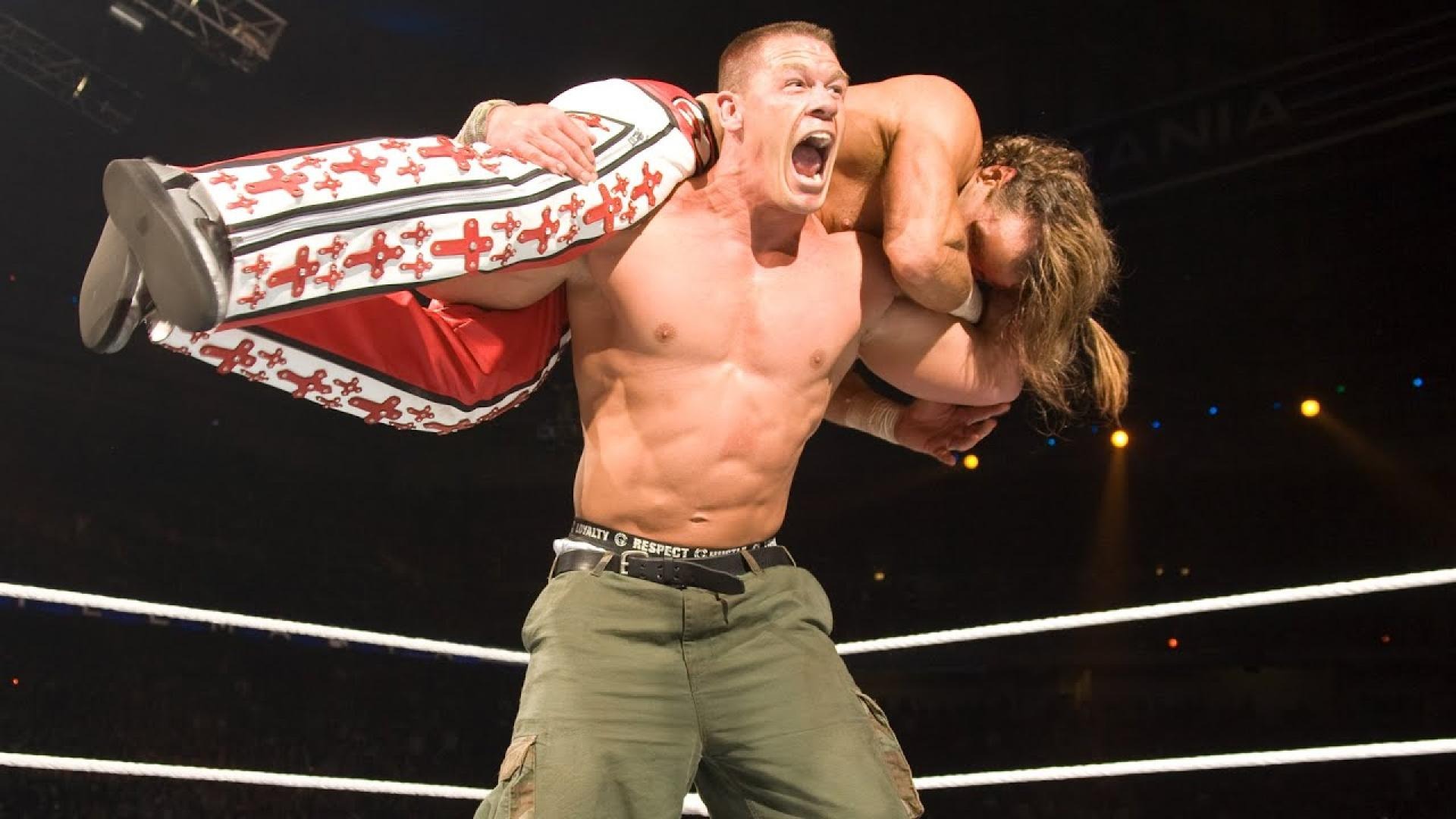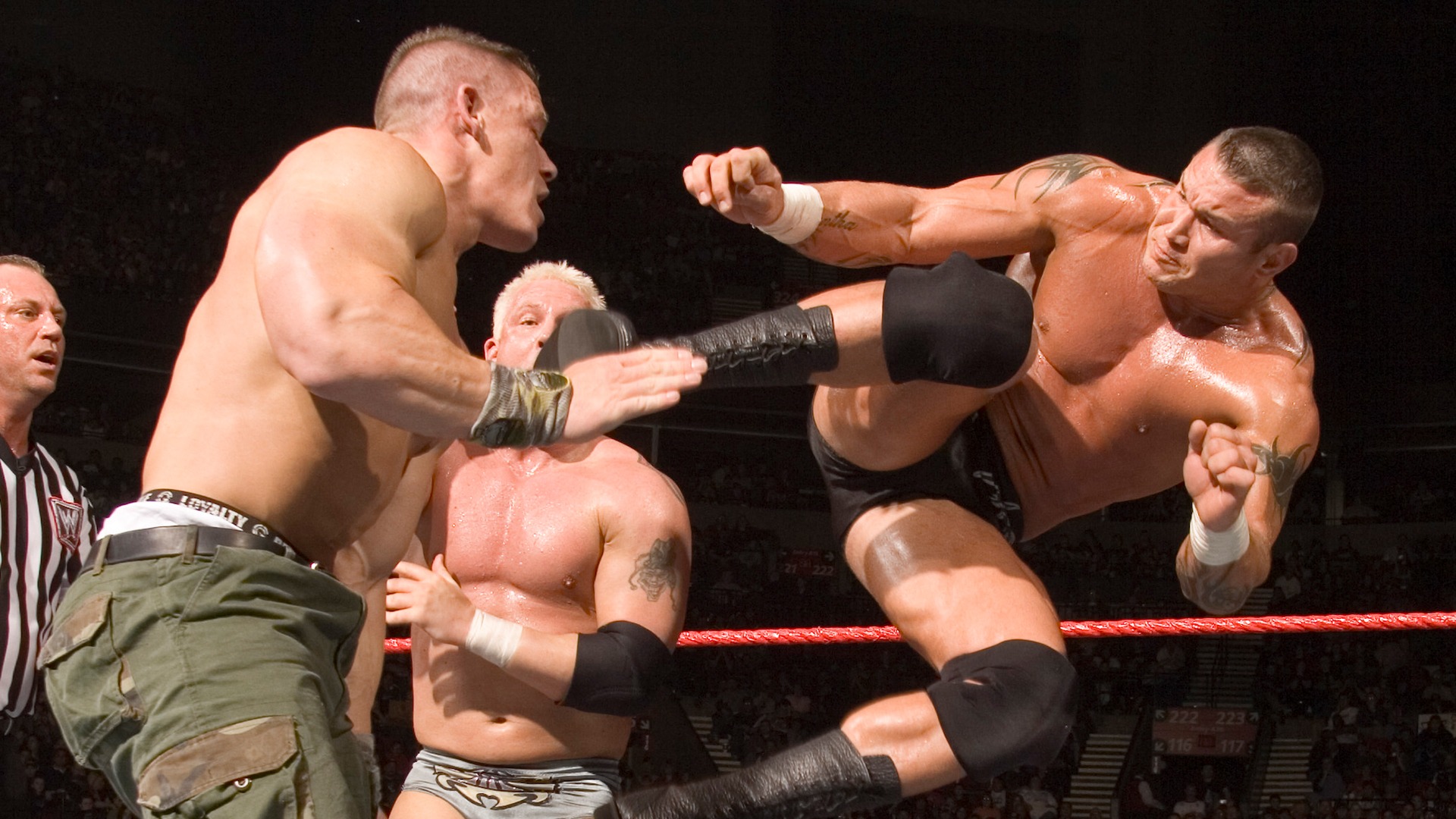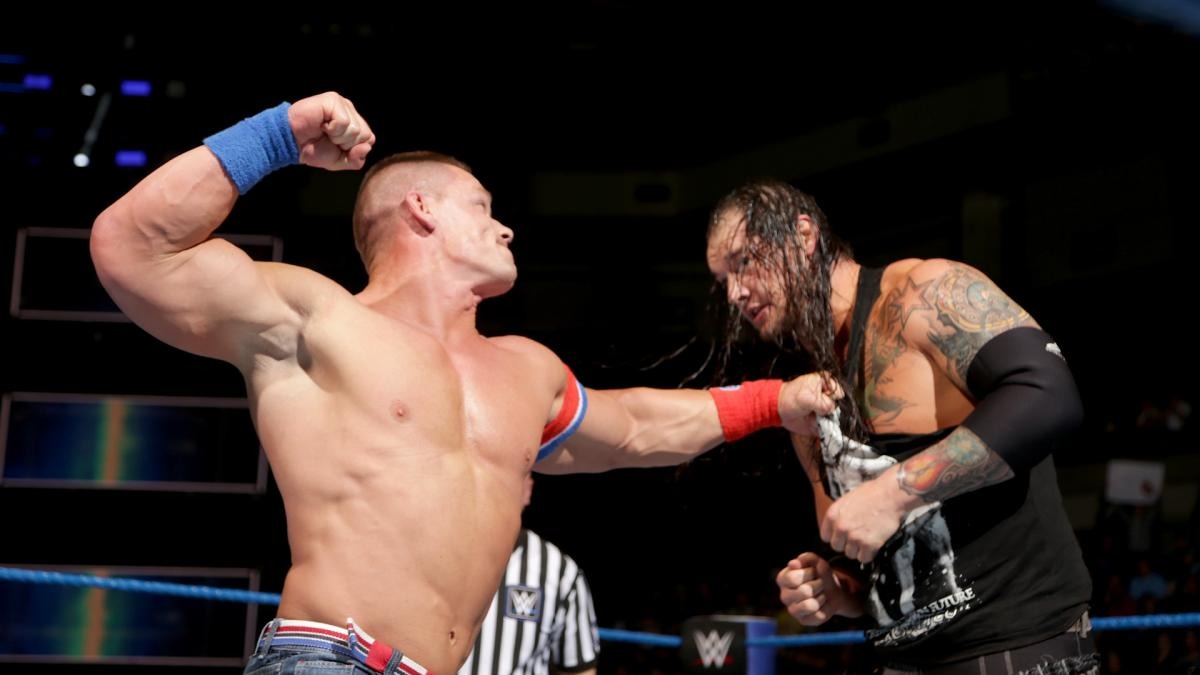In the world of professional wrestling, injuries are an inevitable part of the game. However, few recoveries are as astonishing and inspiring as John Cena’s return at the 2008 WWE Royal Rumble. After suffering a devastating pectoral muscle tear in October 2007, Cena was expected to be sidelined for at least six months. Yet, defying all expectations, the 16-time World Champion made a miraculous comeback just three months later, entering the Royal Rumble at the surprise number 30 spot and winning the match. This incredible feat was made possible through an intense and unconventional recovery process, showcasing Cena’s unmatched dedication and resilience.

The Injury and Initial Prognosis
In October 2007, during a match on WWE Raw, John Cena suffered a complete tear of his pectoral muscle, an injury that typically requires a lengthy recovery period. The prognosis was bleak, with doctors estimating a six-month hiatus, possibly longer, before Cena could safely return to the ring. This timeline meant that Cena would likely miss WrestleMania, the biggest event on the WWE calendar.

For most athletes, such an injury would be a major setback. But for John Cena, it was a challenge he was determined to overcome.

The Unconventional Recovery Process
Cena’s approach to recovery was anything but ordinary. He worked with renowned orthopedic surgeon Dr. James Andrews and physical therapist Kevin Wilk to devise a grueling rehabilitation regimen. While most patients undergoing similar recovery would attend physical therapy sessions three times a week, Cena took it to an extreme, undergoing therapy three times a day.

“So I completely respect James Andrews who did the surgery and Kevin Wilkin, who did help me with physical therapy,” Cena explained in an interview with Chris Van Vliet. “They have to put a realistic timeline on their work. And that timeline is based on the construct that you do physical therapy three times a week. I would do physical therapy three times a day.”

Cena moved to Birmingham, Alabama, to focus solely on his recovery, immersing himself in an environment dedicated to healing. His routine was relentless: morning therapy sessions, followed by meals, then afternoon and evening sessions. This intense schedule continued six days a week, pushing the boundaries of what was considered possible for physical recovery.
The Miraculous Return
Cena’s hard work paid off. Just two and a half months after the injury, he passed all necessary medical tests, clearing him for a return to the ring much sooner than anyone had anticipated. WWE officials saw an opportunity to create a monumental surprise for fans, keeping Cena’s return under wraps.
At the 2008 Royal Rumble, Cena made his shocking comeback, entering the match as the 30th entrant. The crowd erupted in disbelief and excitement as Cena stormed into the ring, eventually eliminating Triple H to win the Royal Rumble match. It was a moment that left fans and fellow wrestlers in awe, cementing Cena’s legacy as one of the toughest and most dedicated performers in WWE history.
The Aftermath and Legacy
Cena’s return at the 2008 Royal Rumble is widely regarded as one of the most shocking and memorable moments in WWE history. It showcased not only his physical resilience but also his unwavering dedication to his craft. Cena’s recovery process and the decision to return ahead of schedule demonstrated a commitment to entertaining the fans and pushing the limits of what is possible.
Reflecting on the experience, Cena noted, “The reason they say six months for a pec tear is because a lot of people that tear their pecs…have other responsibilities, people’s got families or whatever, you have to split time. I was like, a physical therapy Terminator.”
Cena’s return set a new standard for comebacks in professional wrestling, inspiring countless athletes to push through adversity and achieve the impossible. His story is a testament to the power of determination, hard work, and the human spirit’s capacity to overcome even the greatest challenges.
As John Cena continues to build his legacy, both in and out of the ring, the story of his 2008 Royal Rumble return remains a shining example of what can be achieved when one goes beyond the impossible.
